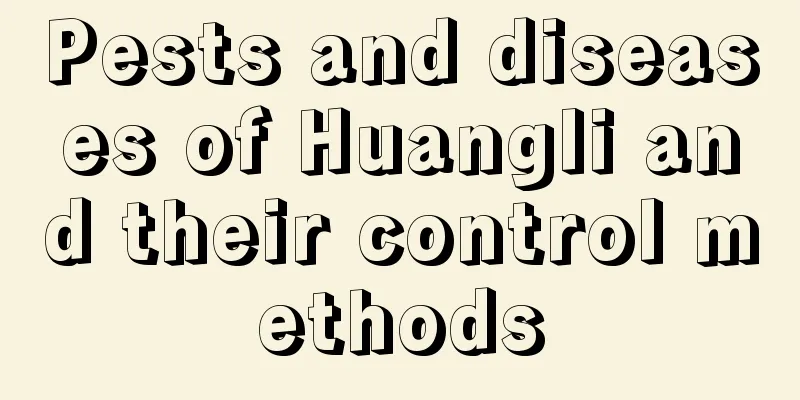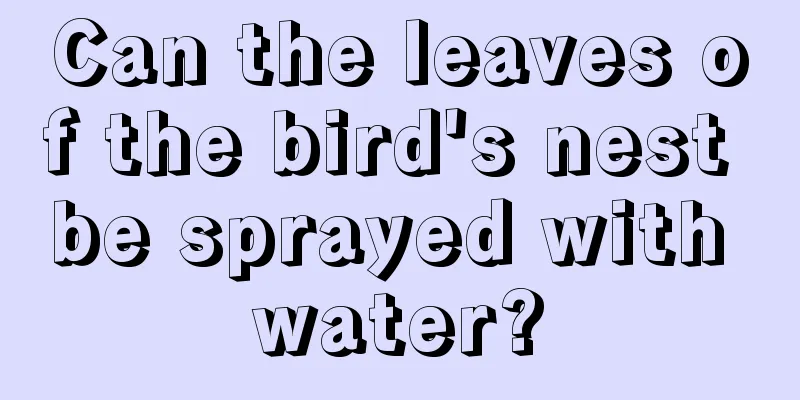Pests and control methods of Hongyun Dangtou

Pests that cause great fortune - scale insectsScale insects are one of the most common pests in Hongyun. Scale insects are very small, egg-shaped or oval in shape. They suck sap from leaves, causing chlorotic spots on the leaves and causing poor plant growth. The wound is covered with insect mucus, which can easily cause fungal infection. If there are only a few scale insects, you can scrape them off directly. When there are many insect pests, you can spray pesticides. Commonly used pesticides include fruit, omethoate, acephate, etc. It’s up to you to choose. The lucky pest - red spiderRed spider mites are small in size and difficult to detect when there is less infestation. It mainly lives on the back of leaves or the base of leaf axils. It reproduces very quickly, and young seedlings are more susceptible to it, especially in the dry season. Red spider mites feed mainly by piercing the leaf epidermis with their needles and then sucking the sap. Brown spots will appear on the diseased plants. There are now a kind of miticides on the market that can kill red spider mites, such as trichlorodicofol, cypermethrin, cypermethrin, bromocriptine, etc. If the maintenance environment at home is relatively dry, it is recommended to prepare a bottle. Lucky Draw Pest - BagwormBagworms mainly harm leaves, usually eating the flesh of the leaves, leaving only a layer of transparent lower epidermis. The lower epidermis dries up and falls off, turning into holes, gaps or breaks. There are many pesticides for controlling bagworms, such as trichlorfon, dichlorvos, malathion, oxydemeton-methyl, malathion, and fenitrothion. Pests of Fortune-caterpillarsThe larvae of tussock moths are often called caterpillars. They can harm leaves and flowers, leaving them with notches or breaking them. The extent of the damage is unimaginable. General organophosphate or pyrethroid insecticides can be used to spray caterpillars. SnailsThere is a shell outside the snail's body. The shell of a larger snail is oblate, while the shell of a smaller snail is oblate. The latter are the main threat to the lucky charmer. They will use their radula to scrape and eat small flowers. If it is rainy, they will be active day and night. Snails also leave mucus when crawling. Generally speaking, snails are not very harmful to home flower cultivation. In fact, snails are rarely seen in homes, but this may not be the case on open balconies. You can sprinkle quicklime powder around the flower pots, or catch them manually. The lucky pest - Spodoptera lituraThe Spodoptera litura, also known as the lotus armyworm and the night thief, mainly harms the flowers of the fortunella, feeding on petals, stamens and pistils with its larvae. Generally, they hide in dark places such as the soil and bottom of the pot during the day and come out to feed in the evening. However, they may also feed outside during the day on rainy days. General organophosphate or pyrethroid insecticides can be used to spray caterpillars. (If you don’t understand, you can go to the flower shop and ask the boss.) |
<<: What are the common pests of aloe vera?
>>: Geranium pests and diseases and their control methods
Recommend
Causes and treatments for yellow leaves of octopus orchid
1. Soil issues Reason: Octopus orchid originally ...
How often should I water my green radish?
1. Watering frequency in spring and autumn The fa...
How to propagate Echeveria luxuriata
Leaf cutting propagation of Echeveria luxuriata L...
Does Zhanghongying Bougainvillea bloom frequently?
Zhanghongying is a classic variety of Bougainvill...
What soil is suitable for planting bird of paradise
Bird of Paradise Soil Bird of paradise is suitabl...
How to raise rootless lucky bamboo (hydroponics cultivation methods and steps for rootless lucky bamboo)
How to grow lucky bamboo without roots The rootle...
Cultivation methods and precautions of air pineapple
1. Temperature Normally, air plants can tolerate ...
How to deal with aloe vera turning brown
1. What is the reason The reason for this phenome...
What are the 5 kinds of grains?
1. Xiaomi Millet has high nutritional value, cont...
The role of canna
Decorative effect The most obvious function of ca...
Throw it into a pot in autumn, the leaves will be green and the flowers will bloom, and the roots will not rot for 10 years!
Use a dishwashing sponge to pad the bottom of the...
Breathtakingly beautiful masterpieces of flower arrangement and painting
Appreciation of flower arrangement paintings ...
Steps for growing lucky bamboo in soil
1. Cut into branches The best time to grow lucky ...
Can watermelon rind be used as fertilizer?
Watermelon rind as fertilizer Watermelon rind can...
How to propagate mountain roses and what to pay attention to
Mountain rose propagation method The main methods...









